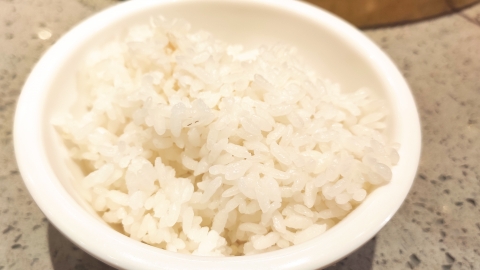Can rice infested with insects still be used for cooking?
Under normal circumstances, rice infested with insects is not recommended for continued use in cooking. The specific reasons are as follows:

After rice becomes infested with insects, the feces, shed skins, and bodies of the insects remain in the rice grains, carrying large amounts of bacteria, fungi, and other microorganisms. These contaminants are difficult to completely remove even after washing. Consumption may cause gastrointestinal discomfort, including symptoms such as abdominal pain and diarrhea. This poses a higher risk especially for elderly individuals, children, and pregnant women with weaker immune systems. Moreover, as the insects feed on the rice, they damage the grain structure, causing significant loss of nutritional components. The originally rich carbohydrates, vitamins, and other nutrients are consumed, and the texture of the rice becomes coarse and tasteless, losing its original culinary value. Additionally, some insects may carry eggs, which may not be completely eliminated even after exposure to high temperatures during cooking, posing potential health risks.
If rice infestation is detected, the rice should be discarded promptly. Do not attempt to continue using it after treatment through methods such as sun exposure or sieving, as this may lead to more harm than benefit. When storing rice regularly, choose a dry and well-ventilated environment. You can place a few cloves of garlic or dried chili peppers in the rice container; their odor can help repel insects. Additionally, control the quantity of rice purchased at one time and try to consume it within 1–2 months to reduce the likelihood of infestation from the source.









